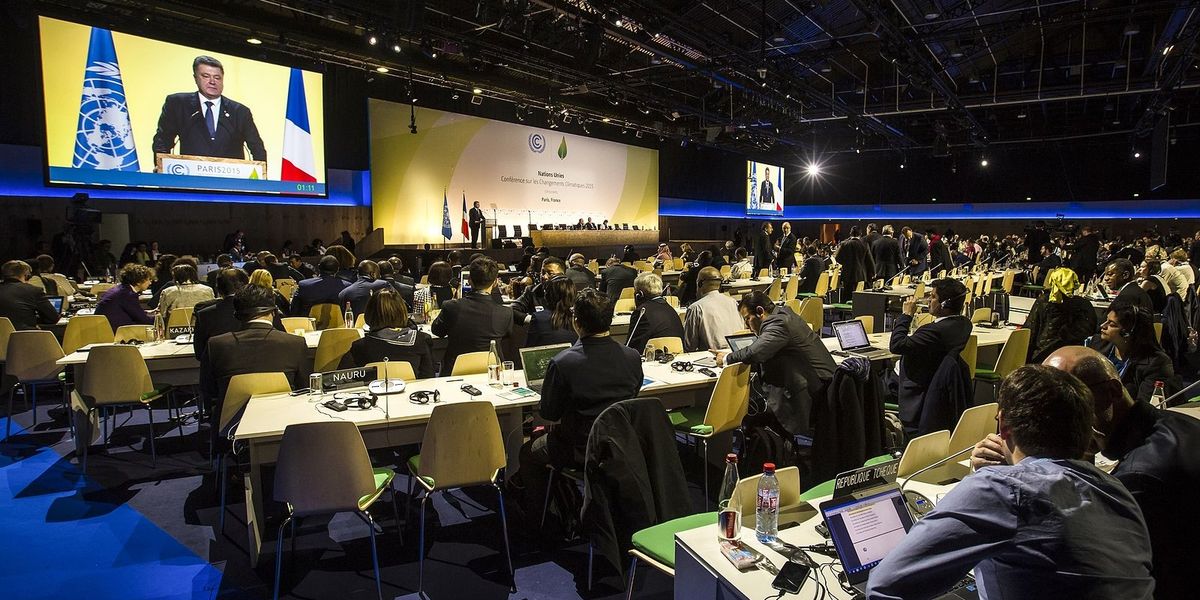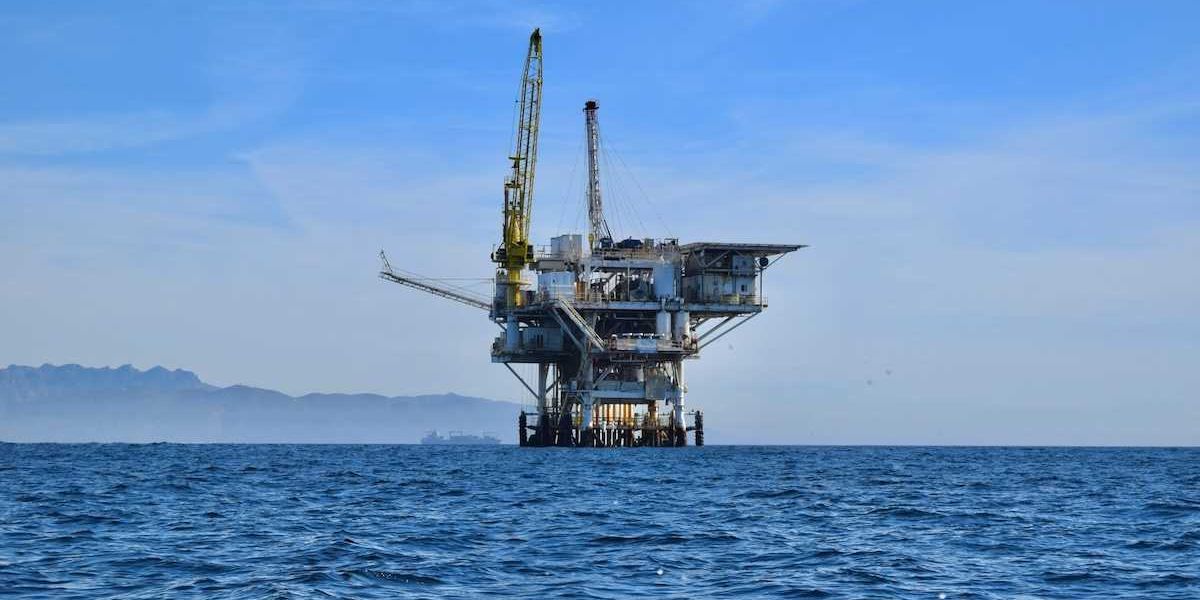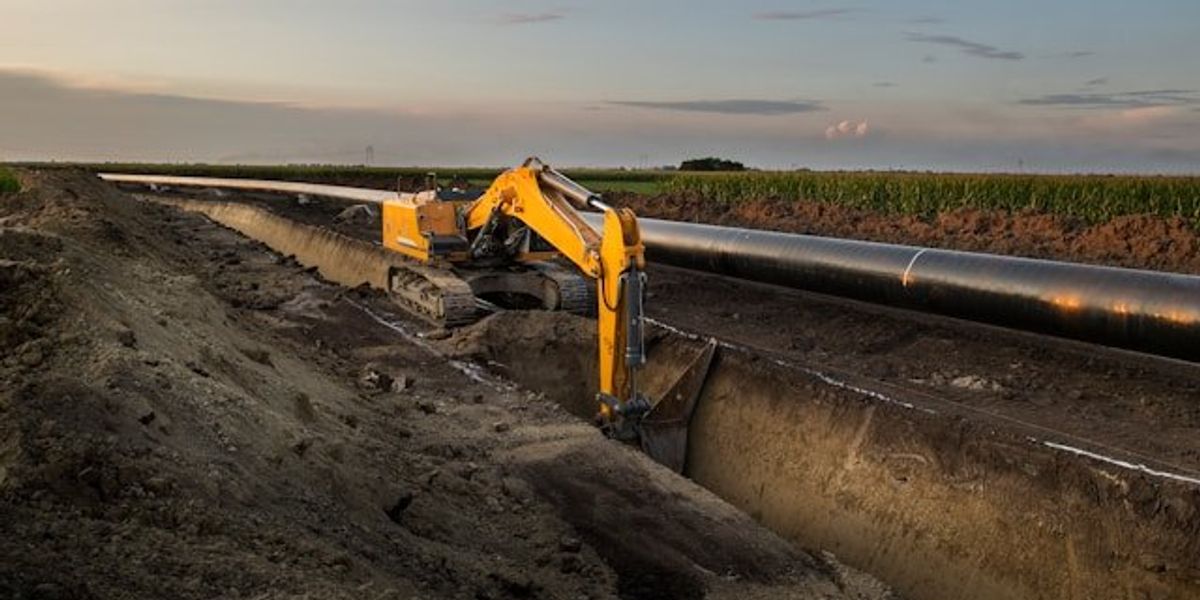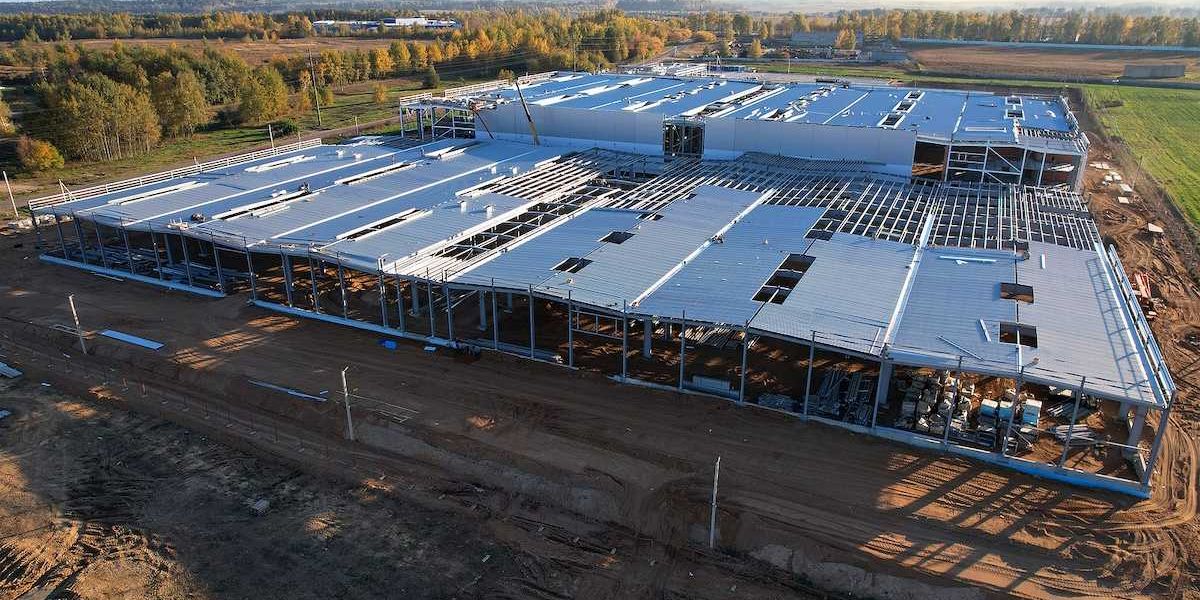Australia expands renewable energy push with major increase to capacity investment scheme
Australia will boost its main renewable energy program by 25%, aiming to underwrite 40 gigawatts of large-scale solar, wind, and storage by 2030 amid warnings it may miss its climate targets.
Adam Morton reports for The Guardian.
In short:
- The expanded scheme targets 26GW of new generation and 14GW of storage, nearly doubling the energy output of Australia’s coal fleet.
- Falling costs for solar panels and batteries — down 8% and 20% over the past year — are driving the push to accelerate renewable construction.
- Critics, including economist Ross Garnaut, warn Australia may still miss its goals without broader measures like a carbon price.
Key quote:
“Targets are easier set than met. We will set a target informed by the expert advice in the national interest.”
— Chris Bowen, Australian climate change and energy minister
Why this matters:
Australia remains one of the world’s largest coal exporters, yet its domestic power grid is racing toward a renewable future. The nation’s climate targets hinge on replacing ageing coal plants with solar, wind, and battery storage fast enough to keep pace with rising energy demand and extreme weather risks. Delays in building transmission lines, community opposition and political pushback threaten to slow progress. The stakes extend beyond national borders: As other countries, including the U.S. and EU, scale up clean energy investments, Australia’s decisions will shape both its economic competitiveness and its contribution to global emissions. The speed and scale of this transition could determine whether Australia avoids deeper climate and health harms in the decades ahead.
Read more: Analysis: Australia’s voters give Labor a mandate to speed up the renewable energy transition













